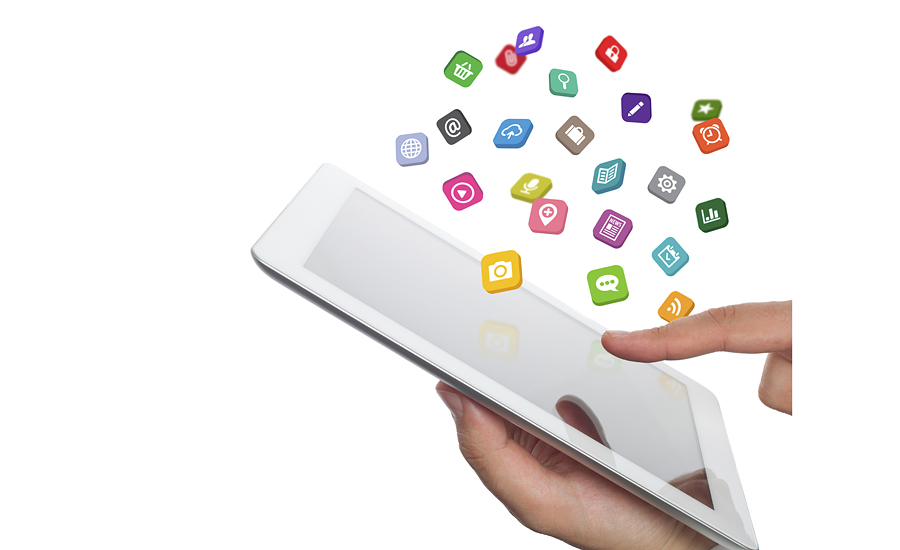Looking ahead to 2017, Mintel, Chicago, released a consumer trends study that discusses the four key North America consumer trends set to impact the United States and Canada markets.
The echo chamber of secrets
Disruption is more important than ever before, as curated information “bubbles” leave consumers with a lack of diverse content and viewpoints.
“The personalization of everything, from products to information, has brought the polarization of attitudes and knowledge to new heights. Whether or not they are aware, many consumers find themselves in a perpetual cycle of being exposed only to ideas, beliefs, opinions and services with which they already identify. In the coming year, these figurative echo chambers will place a greater distance between people – and between consumers and brands – leaving the latter with complex challenges.
“As the pervasive expectation for content personalization now exists – and will persist – due to the colossal amount of information available online, consumers need help whittling down the broader internet to the pieces they find relevant. Artificial intelligence (AI) systems are now extraordinarily adept at learning the preferences of individuals in order to curate a unique digital world, however the curated worldviews they now create are limiting and wedge people into separate allegorical ecosystems – sometimes unknowingly. This lack of diverse content could be detrimental for consumers who, in this experience-driven culture, do in fact want access to new and unique products, services and knowledge.
“As life is lived more and more in the digital world, people will be even less organically exposed to others' viewpoints and stories. Already, more than half (52%) of U.S. consumers say that technology has made it more difficult to connect with people in person. Consumers naturally tend to select the products and services in which they are interested and appreciate assistance in thinning their pool of options. However, these commercial echo chambers limit the human experience to some extent. While personalized recommendations remain crucial, brands should ensure complete transparency to allow customers to make educated decisions and have the option to explore new territories. Human interaction could prove effective because advice from real people has the benefit of being more trustworthy.
“Eventually, AI will become advanced enough to make recommendations, yet still encourage consumer discovery on its own. But, until that happens – and until echo chamber walls begin to dissolve – brands must be more agile in creating innovative disruptors that can connect with consumers whose computer algorithms continue to feed them a small array of information. Brands that guide decision-making, but still keep minds open to new possibilities will flourish. In doing so, adding a layer of context can arm participants with the tools to make easy, yet informed decisions,” says Stacy Glasgow Bingle, consumer trends consultant.
Reality 2.0
Consumers seeking an enhanced world are finding it in virtual and augmented reality and live streaming.
“Living in a world of near-constant connectivity, one where seemingly everyone feels the need to share what they eat, where they vacation and just exactly how blessed their lives are, the feeling of FOMO (fear of missing out) is hard to escape. Consumers are seeking ways to not only engage in new and unique experiences, but to take it a step further and immerse themselves in worlds that are different from – or are enhancements of – their own. Innovation in virtual reality (VR), augmented reality (AR) and live streaming make it possible for consumers to access enhanced reality and experiences that are out of their reach. Expectations for the next, more intense, more ‘real’ form of communication are only natural—nearly one quarter (23%) of U.S. 25-34 year olds say that they have used a live streaming service like Periscope, and one in five (20%) U.S. consumers overall say that they are planning to buy VR hardware.”
“The next frontier of retailing across industries will be virtual, as already some 25% of U.S. consumers say that they are interested in interactive/digital experiences available in store, such as virtual mirrors, VR headsets and interactive displays. With regard to customer service, the desire for better assistance opens up the opportunity to leverage live streaming to connect customers and brands in more immediate and potentially more personal, ways. Beyond retail and customer service, physical packaging on food and drink items, beauty products and other packaged goods can incorporate AR features that visually tell the product’s story in terms of provenance, ingredients or otherwise show consumers what’s inside.”
“Brands will find new ways to enhance experiential offerings, transparency and storytelling by showing vs merely talking about their business. Storytelling is crucial for encouraging consumer engagement and connection, with VR, AR and live streaming as tools for brands to communicate those stories in order to engage consumers’ senses and meet the desire for enhanced reality. An enhanced reality is one that can inspire citizens to exercise more intensely and give more generously, and it allows them to make purchases that fit their lives more precisely.”
“Providing access to enhanced realities, facilitating enhanced transparency and delivering enhanced methods to connect with brands and individuals is the next step in the evolution of visual communication. It has the power to cut across cultural lines and language boundaries where traditional communication has struggled to bridge gaps. Brands can harness VR, AR and live streaming to meet consumer desires to tap into enhanced experiences and use these applications to take their own offerings and messages to the next level,” says Carli Gernot, manager of trends for North America.
Be the change
Consumers are frustrated with the lack of action by “the system,” and brands are stepping up to the plate.
“Frustration with bureaucracy and long-term processes peaked in 2016. Conspicuous media consumption has led consumers to expect solutions faster than ‘the system’ can provide them. Consumers look to the government to legislate change; when that is slow to come, brands are often able to step in and do what they can to meet those consumer needs, at least on a local or sector-specific level. The ‘rules of connection’ in the fast-paced digital space often change quicker than laws can, and as such, we’re seeing online service providers and social media platforms take control.”
“This frustration with the way the world is run means that consumers are looking for change, but still need practical solutions. They’re looking to buy the products and services they need from companies that can change ‘the system’ for the better. This discontent leads many consumers to be more concerned about voting with their dollars than ever before. In the US, 61% of adults believe there should be more regulation around ethical claims.”
“Doing the right thing has become an expectation, and companies that go the extra mile to be the change that consumers want to see in the world will find tangible benefits. In 2017, brands will go beyond simply making their beliefs known and become agents of change by setting forth rules about behavior and operations according to what they believe is right. By inspiring change in the world and leading by example, more companies will see an increase in long-term profits and customer loyalty. When lawmakers and regulations are not prompting change, brands can do the hard work of changing how they operate, even if short-term financial gains are not part of the big picture profitability,” says Gernot.
Life in sync
Life is becoming seamless and smarter thanks to major advancements in artificial intelligence.
“In 2017, cognitive computer systems that are at last remarkably useful will intersect with the pervasive human desire to live truly seamless lives. That attitude is both exemplified and deepened by the expansion of digital transaction methods and consumer comfort with these types of concepts will pave the way for smarter automated services from companies and brands.”
“These connected products and systems can now remove time-consuming steps from consumers’ day-to-day lives. The Internet of Things (IoT) has grown past the mere ability to control smart home appliances from far away, and today’s solutions – made abundantly more efficient with advancements in artificial intelligence – allow people to pass monotonous and troublesome thinking and doing off to computers that can ‘connect the dots’ to make shortcuts on their own.”
“As science fiction predictions continue to come to fruition, intelligent computers – despite their increased presence – will often be inconspicuous as they learn to develop characteristics that make them seem more functionally human. The seamlessly synced relationship between humans and intelligent computers will solidify as voice control technology vastly improves at recognizing various pronunciations, accents and moods. In the near future, sympathizing computers will reach the next level of utility by working together to fully know when and how to act, and then nimbly taking control. But, despite the proliferation of intelligent systems, companies should never completely eschew the value of actual humans. Until AI becomes trustworthy beyond doubt, humans are required to enhance safety and security and moving forward, the approaches most prized by consumers will be hybrid ones that pair the two.”
“Despite the obvious ongoing data security concerns, we will see continued enthusiasm for bots, hubs and voice control for one key reason—consumers will benefit greatly from the life improvements these technologies provide. Looking at the horizon, the advantages of a life in sync will become so great that entire cities will be outfitted around it. In 2017 and beyond, consumers will appreciate brands that keep such high-level synchronization in mind and make efforts to achieve it step by step,” says Glasgow.





